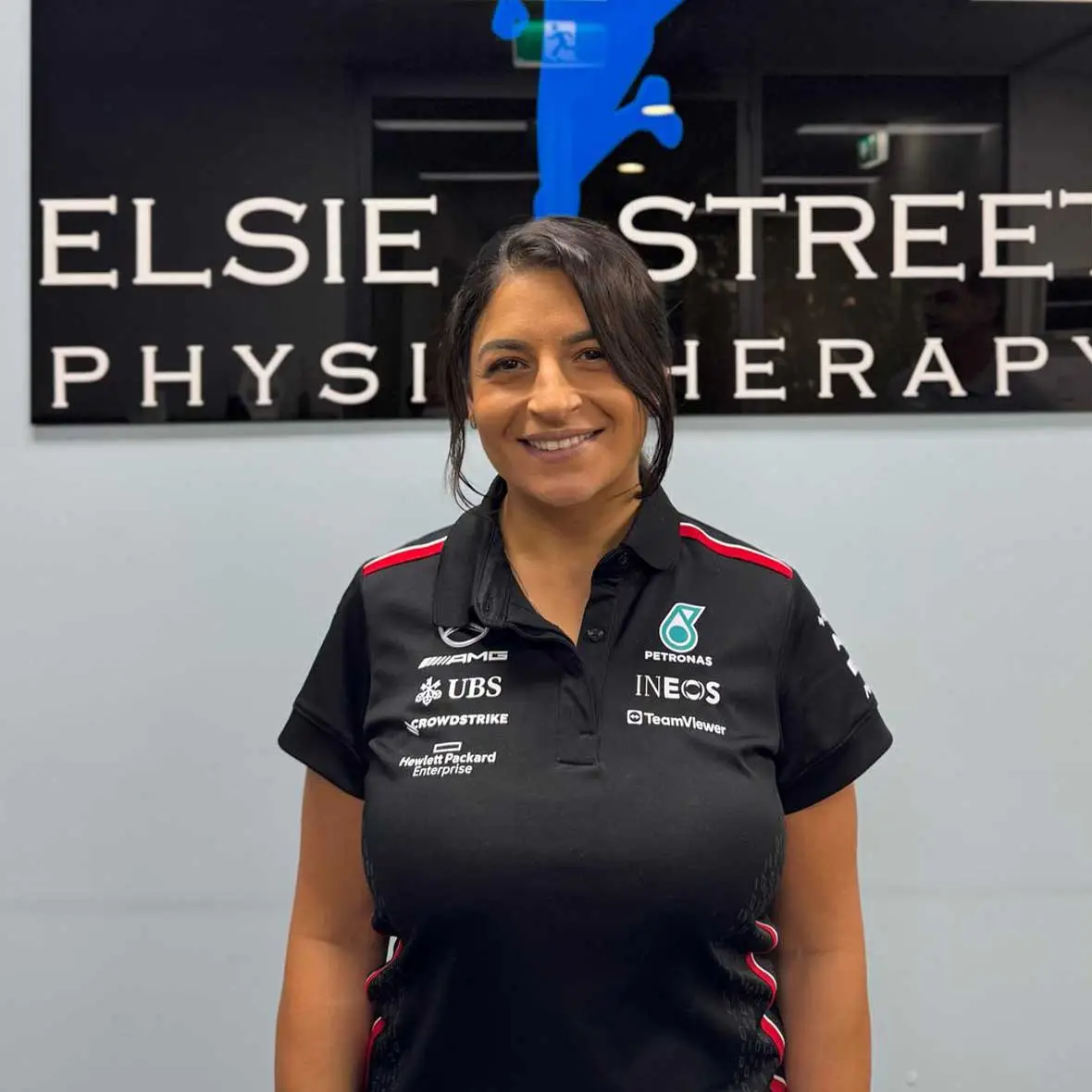About Headache & Vertigo Treatments
Many headaches are musculoskeletal in origin, especially tension-type headaches and cervicogenic headaches (those that start in the neck). Physiotherapy utilises manual therapy, soft tissue techniques, dry needling, postural correction and more to treat headaches.
Vertigo is a sense of spinning or imbalance. A common type that physiotherapists treat is Benign Paroxysmal Positional Vertigo (BPPV), which is caused by loose crystals in the inner ear.
Frequently Asked Questions
What are the common causes of headaches that we can treat?
Poor posture (especially from long desk work)
Neck stiffness or muscle tension
Jaw (TMJ) dysfunction
Stress or muscle fatigue
What are the physiotherapy approaches to treating headaches?
Manual therapy: Gentle mobilization or manipulation of the neck and upper spine to reduce tension.
Soft tissue techniques: Massage or trigger point release for tight neck, shoulder, and scalp muscles.
Dry needling: May be used for muscular trigger points (as mentioned earlier).
Postural correction: Exercises and advice to improve desk setup and reduce strain.
Stretching & strengthening: Especially for the neck, shoulders, and upper back.
Education & stress management: Helping reduce triggers and prevent recurrence.
What are the types of vertigo that physiotherapy can help with?
BPPV
Vestibular neuritis or labyrinthitis
Post-concussion dizziness
Cervicogenic dizziness (related to neck problems)
What are the types of physiotherapy techniques used to treat vertigo?
Canalith repositioning maneuvers: E.g. Epley maneuver, used to move inner ear crystals back where they belong.
Vestibular rehabilitation: Exercises that retrain the brain to manage balance, including:
Eye-head coordination
Balance training
Gradual movement exposure
Neck treatment: For dizziness stemming from neck stiffness or tension.
Education & home exercise programs: To manage symptoms and build confidence.






